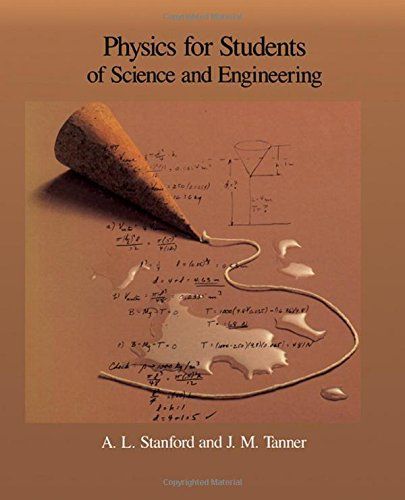
Physics for Students of Science and Engineering
Physics for Students of Science and Engineering is a calculus-based textbook of introductory physics. The book reviews standards and nomenclature such as units, vectors, and particle kinetics including rectilinear motion, motion in a plane, relative motion. The text also explains particle dynamics, Newton's three laws, weight, mass, and the application of Newton's laws. The text reviews the principle of conservation of energy, the conservative forces (momentum), the nonconservative forces (friction), and the fundamental quantities of momentum (mass and velocity). The book examines changes in momentum known as impulse, as well as the laws in momentum conservation in relation to explosions, collisions, or other interactions within systems involving more than one particle. The book considers the mechanics of fluids, particularly fluid statics, fluid dynamics, the characteristics of fluid flow, and applications of fluid mechanics. The text also reviews the wave-particle duality, the uncertainty principle, the probabilistic interpretation of microscopic particles (such as electrons), and quantum theory. The book is an ideal source of reference for students and professors of physics, calculus, or related courses in science or engineering.